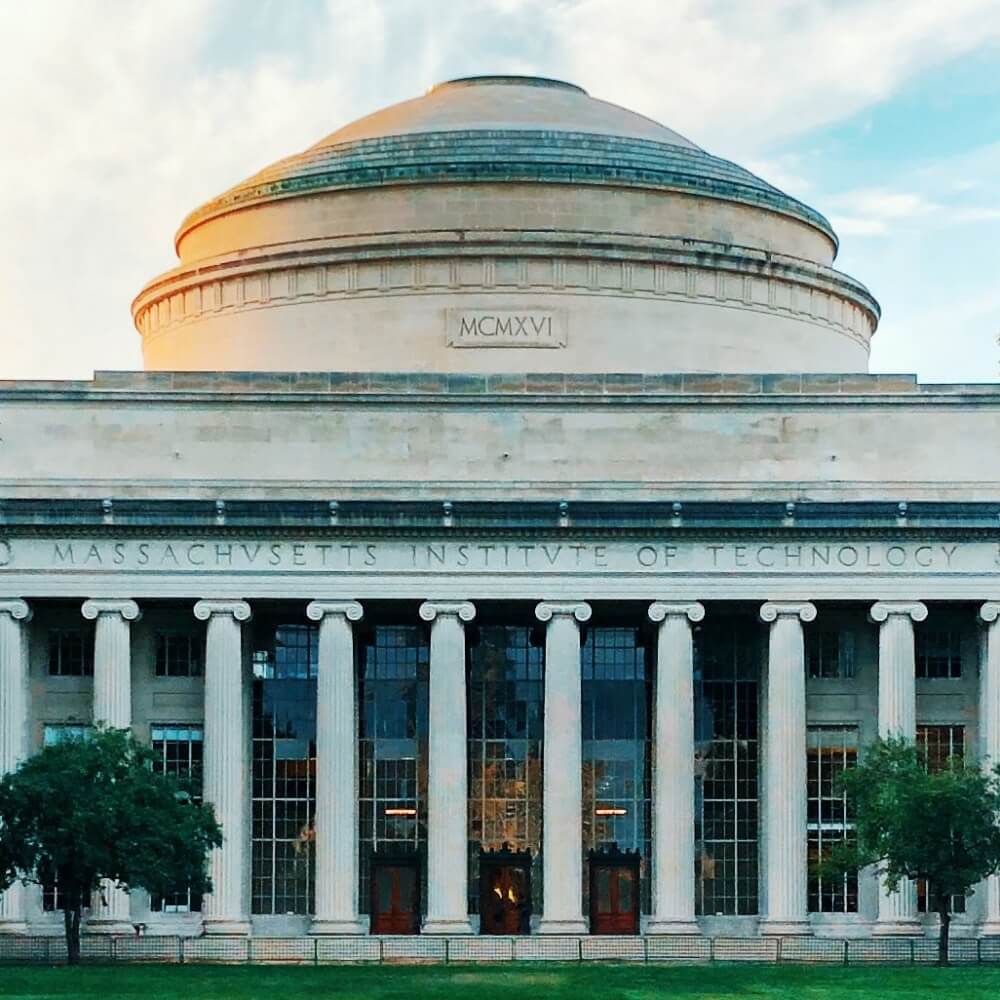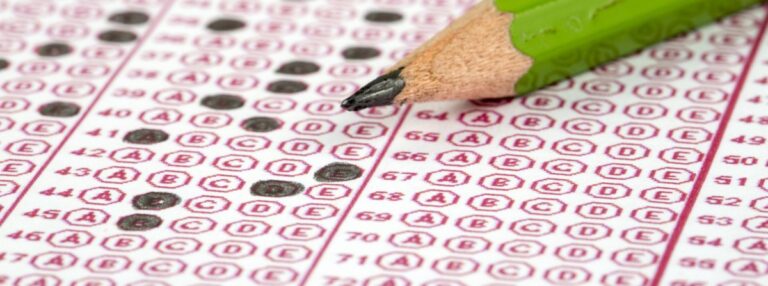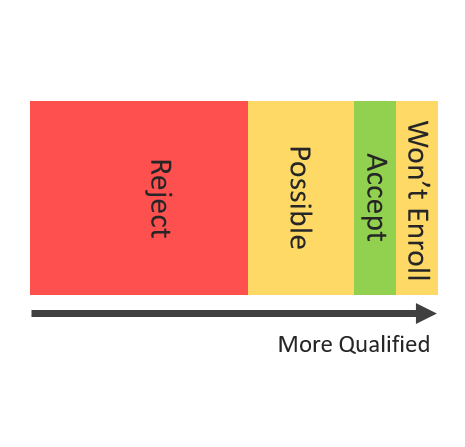
Many people believe that the most selective colleges are “reaches for all”. Meaning that among qualified applicants, it’s basically a lottery as to who gets admitted.
That’s false. Every college, even the most selective, has students that it absolutely wants. These are students who have earned a “golden ticket” that pretty much guarantees admission. And below this group, there are considerably more students with a high probability of admission.
Note that I am talking about students that are “unhooked”Applicants that do not benefit from "hooks". Examples of hoo... More, meaning that they are admitted on merit alone. Hooked candidates represent a different category of students with a high chance of admission. For example, being a recruited athlete is a separate golden ticket to many colleges.
One Example of an MIT Golden Ticket
This post looks at MIT, one of the nation’s most selective colleges, which admitted 4.7% of the applicants for the Class of 2027. So is it really possible that such a selective college has applicants with a nearly 100% admit rate? Yes. There are actually multiple categories of applicants, but we will just focus on one.
The Mathematical Association of America (MAA) runs the American Math Competitions (AMC), to introduce grade school and high school students to the world of competition math. Their eventual goal, through a series of increasingly harder math competitions, is to find six students to represent the American team in the International Math Olympiad (IMO).
This is an extraordinary achievement, and MIT, being a STEM focused college, wants these kids. These kids likely received admission to many of the most selective colleges, but MIT makes a special effort to recruit these kids, and usually succeeds getting them to enroll, as you can see from the table below.

Note that the year listed represents the original Class of <Year> they were originally admitted to. Some ended up graduating earlier.
Other High Probability Admits
Now, you may be thinking, IMO contestants are basically intellectual superhumans. There are only six of them in the country each year, and I won’t be one of those. That’s a fair point, but note that MIT also accepts students with other awards at very high rates, including the following:
- IPhO: This is the International Physics Olympiad, and the students on the US team are also accepted to MIT at nearly 100%.
- IChO: This is the International Chemistry Olympiad, and a majority of these students end up at MIT.
- RSI: This is the Research Science Institute, the most selective summer research camp. It accepts roughly 60 US students, the vast majority of which will be accepted to MIT and its peers.
- Regeneron STS: This is one of the major science contests each year, and those who make Finalist are accepted a very high rates to the most selective colleges. Harvard and MIT together end up enrolling about half of all Finalists.
- MIT PRIMES: This is a high school research program created by MIT to identify and recruit strong math and CS talent. At least half of these students are accepted to MIT.
That is only a partial list of high impact awards. I estimate that about a third of MIT’s accepted students have these or similar awards. This is particularly true for the accepted international students, who tend to be much more qualified than US applicants.
High Reach For The Rest
So clearly, colleges like MIT are not “reaches for all”. But with a third of the spots taken by an extremely small number of applicants, it certainly becomes a high reach for the rest. By definition, the admit rate for the rest of the students must be lower than the advertised 4.7%.
I am not writing this to be discouraging. Just the opposite in fact, as many students get in without these awards. As Chris Peterson in MIT admissions explains, there are also many things you can do to improve your chances to MIT. Just be sure to ignore his comment saying “There is nothing, literally nothing, that in and of itself will get you in to MIT”, as that post was written before MIT started actively recruiting students with these awards.
My only advice is regarding timing, for those thinking about applying to MIT using Early Action (EA). Applying EA to MIT does not improve your admission chances, whereas applying Early Decision to another college often does. If there is an Early Decision college you like as much as MIT, consider applying early there, and save MIT for regular decision.
Acknowledgment
I would like to thank Chris Lee, an MIT grad and Quora poster. A few years ago, he shared with me how likely MIT admissions was for US members of the IMO team. I have reverified his original findings and extended them to the most recent admissions cycle where students have matriculated to college.






I salute MIT’s commitment to merit. And their outreach carries through to their recent complete domination of the Putnam exam.
Hi Steve,
Yes, their domination of Putnam is no surprise. By my count, they currently have 14 former members of the USA IMO team on campus who can compete on Putnam. No other US college has anywhere close to that level of competition math talent.